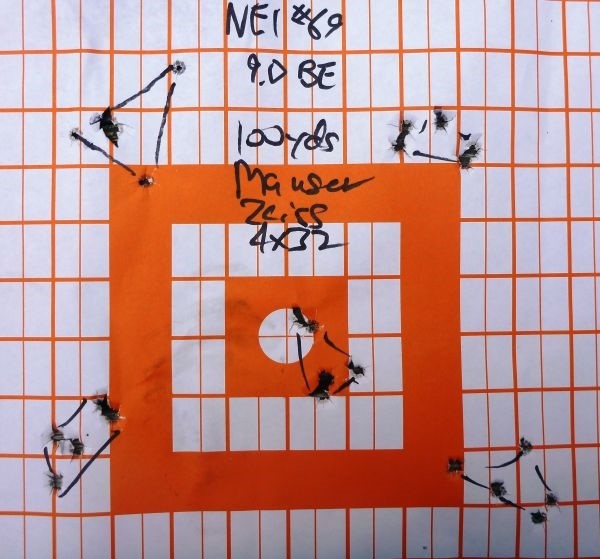In the current thread on break open rifles we got off on the thread of what is “good” or “great” accuracy for such rifles. I think a thread on the same question for production or old military rifles could generate some interesting opinions.
I will start not with my opinion of the answer but a bit of data -- and then my opinion. You knew I couldn't resist.
To give a point of reference, and a touch of reality, the shooters who show up at our national match with production rifles (Hunting Rifle Class (9.5 lb.) and Production Class (12 lb.) average 5-shot group aggregates of:
Hunting Rifle -- average about 1.5” at 100 yards
Production --- average about 1.4” at 100 yards
Very few novices show up at these matches and most shooters have the allowed reworked triggers, rebedding, and are using high power scopes. They drive an average of maybe 5-700 miles and probably don't bring their worst rifle or just come to place last. Of course this is the average of four 5-shot groups no excuses -- not best single group, not group measurement after deleting the flier.
The winner of these classes usually has to have an aggregate below 1” but both classes are sometime won by aggregates bigger than 1". Shooting an honest AVERAGE of less than a inch at 100 yards for five shot groups with with cast bullets in production or old military rifles is not easy. To do it for 10-shot groups is much harder.
I think it is human nature to think we are shooting better than we actually are compared to an unmodified average of several consecutive groups. No harm in that maybe (we probably also stretch the fish we catch a bit.) However, it may be important that we are probably giving beginners (on whom our sport's future depends) a discouraging idea of how their groups compare.
John








